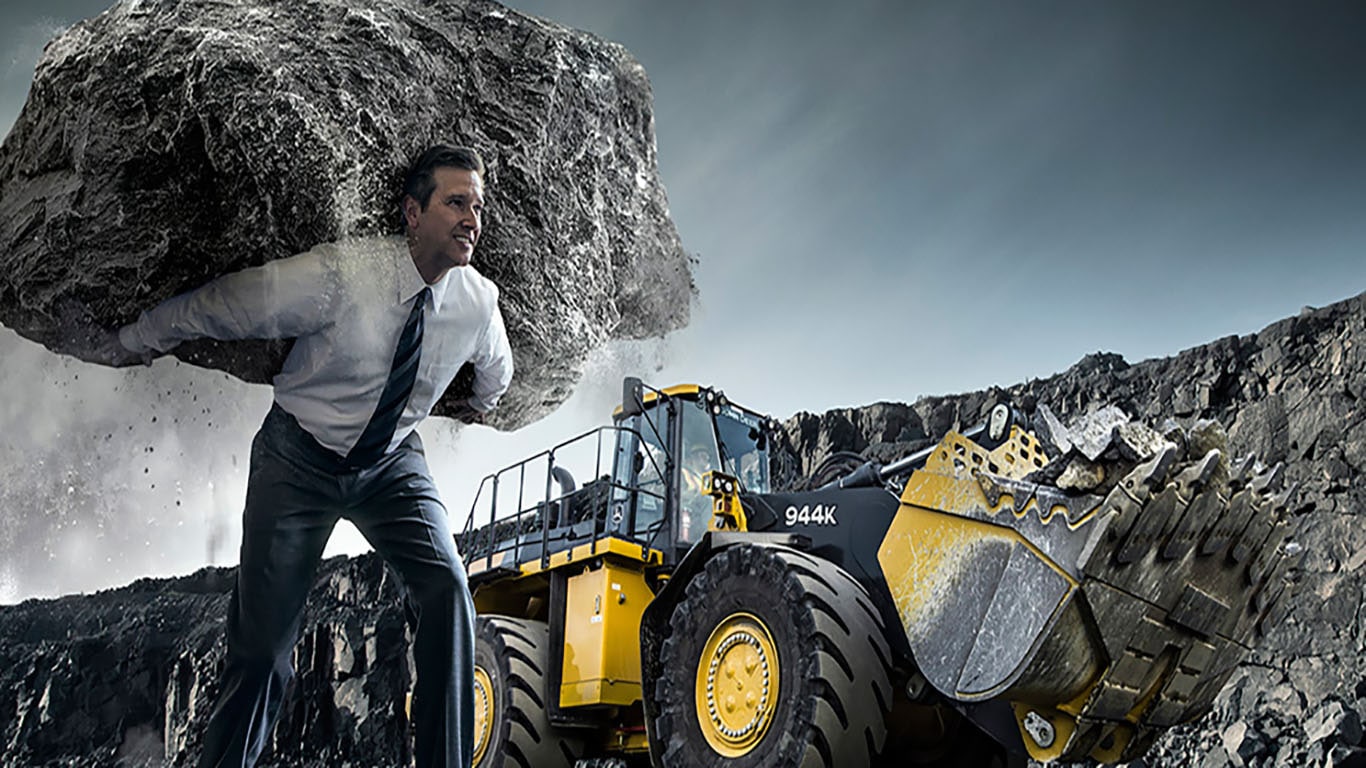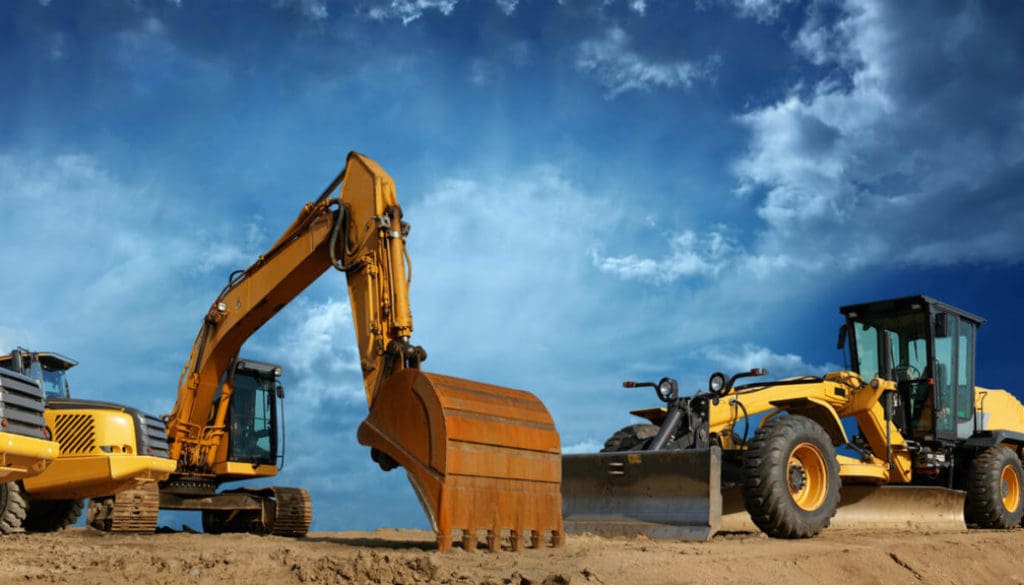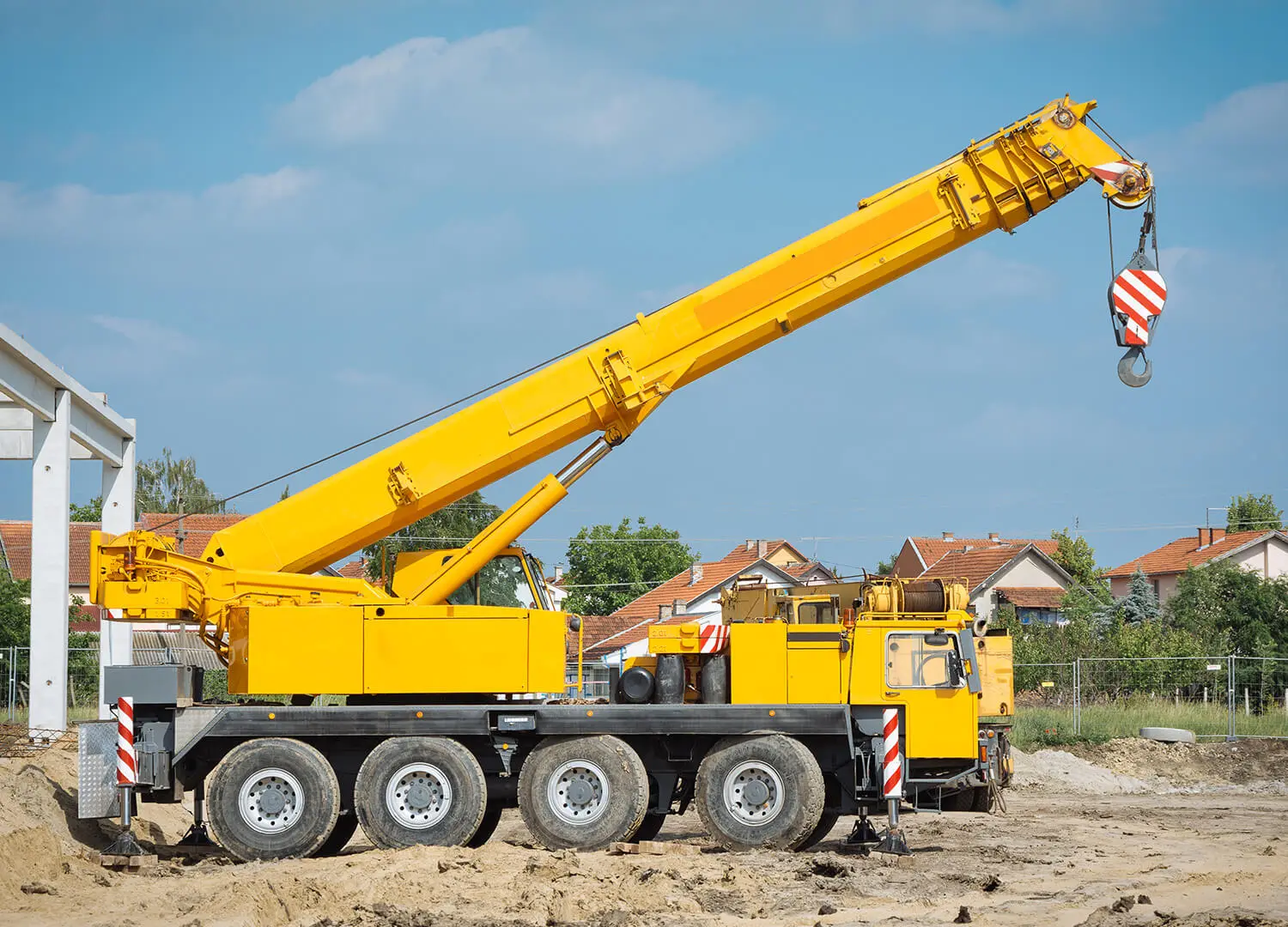Renting Vs. Acquiring Building Devices: Making the Right Selection for Your Task
When embarking on a construction task, one of the important decisions that predict supervisors and stakeholders encounter is whether to rent or buy building tools. The decision pivots on numerous factors such as expense factors to consider, project duration, devices upkeep, risk, adaptability, and scalability administration.
Expense Considerations
Leasing devices commonly calls for lower first payments compared to buying, making it an attractive option for temporary projects or professionals with budget plan restrictions. In the lengthy run, continuously renting out tools can build up greater expenses than purchasing, particularly for extensive tasks.
On the other hand, purchasing building equipment entails greater in advance costs however can result in lasting financial savings, specifically for lasting tasks or regular customers. Ultimately, the choice in between renting and acquiring building tools pivots on the task's period, frequency of use, budget plan factors to consider, and long-term financial goals.
Project Period

On the other hand, for lasting jobs or ongoing building work, acquiring equipment might be the extra economical choice. Acquiring devices can cause cost savings in the future, especially if the equipment will be often made use of. In addition, possessing tools offers a feeling of control over its accessibility and enables customization to fit details task needs.

Tools Upkeep
Given the vital duty job period plays in determining one of the most economical technique in between purchasing and leasing building and construction tools, the focus currently shifts in the direction of examining the crucial aspect of devices maintenance. Correct maintenance is vital for making certain the optimal efficiency and durability of building devices. Renting out tools typically features the benefit of having well-maintained equipment supplied by the rental firm. This can alleviate the problem of upkeep jobs from the project proprietor or contractor, conserving effort and time. On the other hand, possessing equipment requires an aggressive technique to upkeep to stop breakdowns, make certain safety, and prolong the equipment's lifespan. Normal assessments, maintenance, and timely fixings are needed to maintain owned devices in leading functioning condition. Consider upkeep costs when choosing between buying and renting, as ignoring maintenance can cause expensive repair services, downtime, and job delays. Ultimately, a properly maintained building and construction equipment fleet, whether leased or owned, is vital for the effective and successful completion of building jobs.
Flexibility and Scalability
In the world site link of building equipment monitoring, the element of adaptability and scalability holds significant importance for job efficiency and source utilization. Opting to rent building equipment supplies a high level of adaptability as it permits hybrid excavator for the fast modification of equipment kinds and quantities based on the developing needs of a job.

In addition, scalability, one more important aspect, is inherently connected to flexibility. Leasing building and construction tools offers the advantage of conveniently scaling operations up or down as project demands vary. Specialists can rapidly add or exchange tools to match the project's altering needs without the constraints of owning properties that might end up being underutilized or obsolete. This capacity to range resources efficiently can result in price financial savings and enhanced task timelines, making leasing a desirable option for projects needing flexibility and responsive source appropriation.
Threat Administration
Efficient threat administration in construction devices procedures is paramount to making sure job success and mitigating potential economic losses. Building tasks naturally entail various dangers, such as tools breakdowns, accidents, and project hold-ups, which can considerably impact the job timeline and budget. By carefully thinking about the threats related to owning or renting out building equipment, project supervisors can make informed choices to minimize these potential risks.
Renting out construction tools can offer a level of risk reduction by moving the duty of repair and maintenance to the rental business. This can reduce the financial worry on the project proprietor in instance of unanticipated tools failures (construction equipment rentals). Furthermore, renting out supplies the flexibility to accessibility specific tools for certain task stages, minimizing the danger of owning underutilized equipment
On the other hand, possessing building and construction equipment gives a sense of control over its use and maintenance. Nevertheless, this likewise indicates bearing the full responsibility for repairs, maintenance prices, and depreciation, boosting the financial threats connected with equipment possession. Careful danger assessment and consideration of elements such as project period, tools usage, and maintenance needs are essential in discover this identifying one of the most suitable alternative for reliable risk monitoring in building tasks.
Verdict
To conclude, when choosing between buying and renting out construction tools, it is important to think about cost, task duration, devices upkeep, scalability, risk, and versatility administration. Each element plays a vital role in establishing one of the most ideal option for the task handy. By carefully assessing these elements, project supervisors can make an informed choice that straightens with their spending plan, timeline, and total project goals.

Comments on “Aerial Lift Rental for Construction and Upkeep Projects”